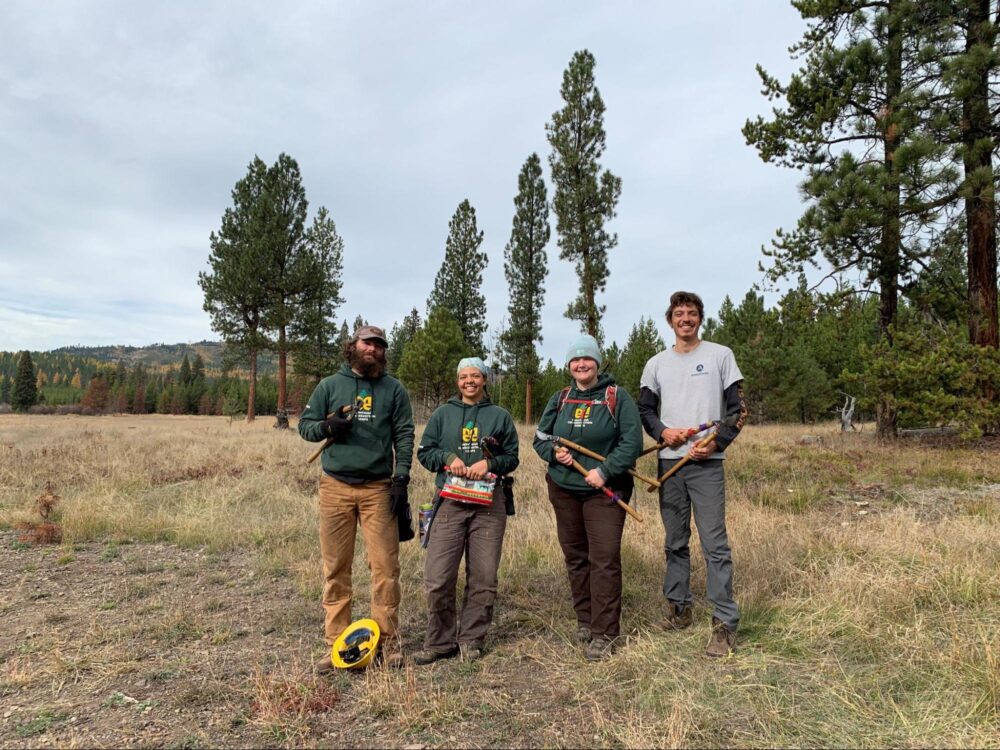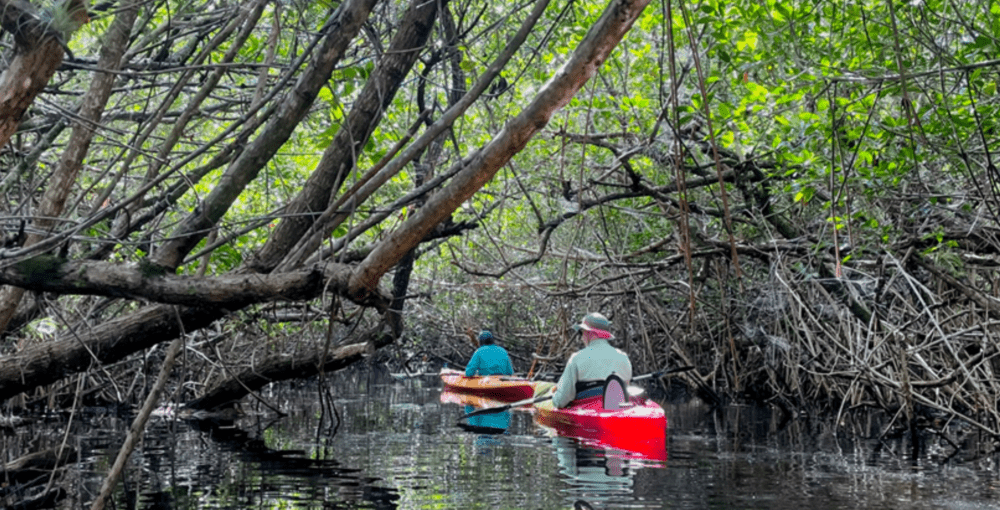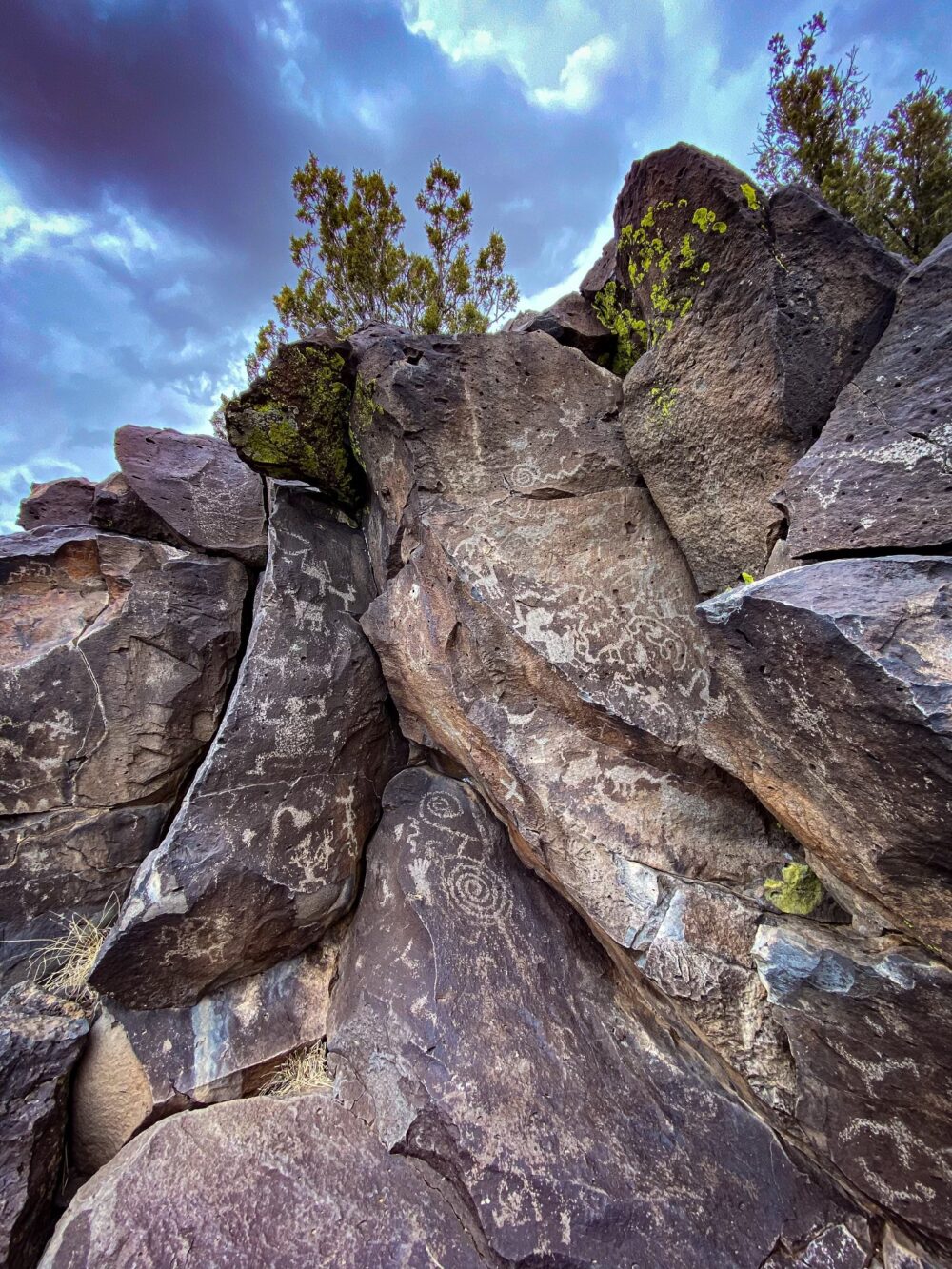We have much more to do and your continued support is needed now more than ever.
Gazer Guide: Prepare for Your Night Under the Stars
Why stress out finding a five-star hotel, when camping offers an estimated 300 billion stars just in the Milky Way? The night sky has a way of captivating gazers, new and old. This guide will prepare you for a memorable night under the stars.
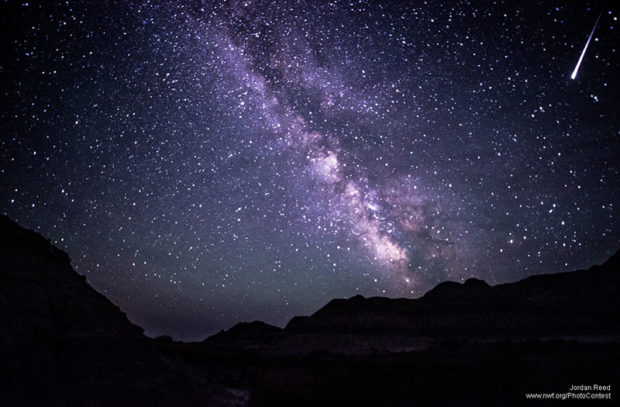
Mind-Boggling Facts About Stars
- Closest Star: The closest observable star to Earth is called Sol, or more commonly, the Sun. It’s about 93 million miles away.
- Twinkling Stars: The scientific term for the twinkling of stars is “astronomical scintillation.” As starlight travels through Earth’s atmosphere down to us, it gets bent by turbulence. Some light reaches us directly, other light is slightly bent. This looks like twinkling to the human eye.
- Adjusting Eyes: When you step outside from a bright room, it might take up to 30 minutes for your eyes to adjust to the dark. Give it time and see more stars!
- Stars vs. Sand: There are multiple stars for every grain of sand on Earth. A rough estimate says that there are 5 to 10 times more stars in the universe than grains of sand on all the world’s beaches.
- Not Red Hot: The coolest stars in the sky are red, while the hottest stars are blue. Seems counter-intuitive; but blue light (shorter wavelengths) is more energetic than red (longer wavelengths), and therefore hotter. And of course, there are exceptions to the general rule.

Photographing the Night Sky
It can be difficult to capture the awe of the night sky with photos, but a few tips will hopefully make it easier.
- Use a tripod: night photos have very little light available, and each photo takes longer to process. This means every small shake can end up blurring your photograph. A tripod, table, log or other solid surface will help.
- Get away from light pollution: it’s estimated that at least 60 miles from a city will help reduce light pollution. If you’re taking photos of stars, consider whether light from the moon will interfere.
- Get to know your equipment: you don’t always need the fanciest equipment, but it’s very helpful to learn how it works. Test automatic settings or learn how to manually adjust them.
- Test settings: learn the recommended settings for what you’re trying to photograph, and then test them. Sometimes a small adjustment to your settings can make a huge difference in your photos.
- Practice: practice, practice. Take a lot of photos and see what works and what doesn’t. Review, and repeat!

Make it a Game
- Star Surfing: Participants have 15 seconds to look up and choose a star. Keep your eyes locked on it. When the timer says “begin,” participants spin in a circle, as fast as possible, while keeping your head up and eyes on your star. After 30 seconds, the timer says “surf,” and everyone jumps into a surfing position, bringing their gaze back to normal. You should be very dizzy, and it will be hard to keep standing straight up. Stumbling, falling and laughter should ensue.
- Shooting Star Competition: It’s so simple, but very fun. Find a comfortable spot to lay under the stars as a group and keep a tally of all the shooting stars you see.
- Design a Constellation: Bring along some black paper and stickers and let kids design or replicate constellations.
- Starry Night Craft: Take a look back over the last 4,000 years of picturing the stars, including Van Gough’s “Starry Night,” one of the most famous artistic depiction of the night sky. Bring black construction paper and pastels to make an art project out of it!

Stargazing Resources
- Light Pollution Map: If you’re looking for dark sky, this interactive map is extremely useful.
- Check the updated Sky at a Glance for the week and you’ll know to look for specific celestial events.
- Stellarium is like a planetarium on your computer, showing a 3-D view of the night sky based on your coordinates.
- Google Sky Map (Android) or Star Walk (iPhone) will instantly map the sky from where you are standing.

Pledge to Camp
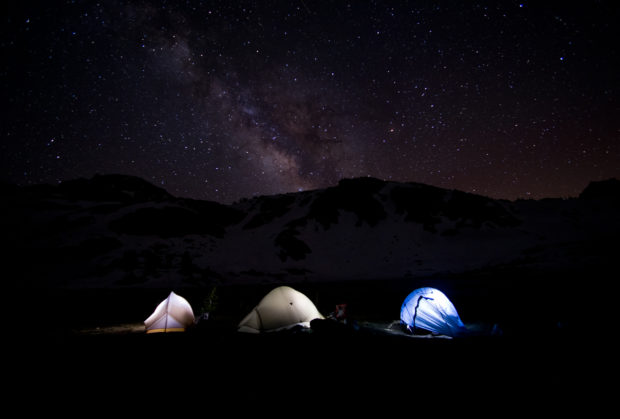
![]() When you pledge to camp this summer, $1 will be donated in your honor for wildlife protection across the country. Your night under the stars can make a difference for wildlife!
When you pledge to camp this summer, $1 will be donated in your honor for wildlife protection across the country. Your night under the stars can make a difference for wildlife!












